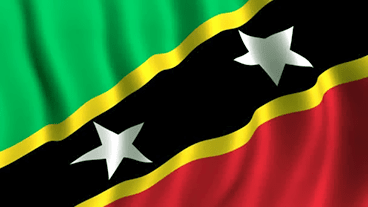April 8, 2007
By: David Jessop
For more than two decades, the region has been searching for a viable aviation policy.
In the process individual governments have sought to limit routes, control schedules and fares and find ways to develop national carriers.
The consequence has been that national self-interest has triumphed over regional integration and huge sums of money – some suggest as much as US$1.5 billion – have been spent on subsidising and restructuring national or sub-regional carriers.
In recent months, the Caribbean aviation sector has once again been in a state of flux: BWIA, Trinidad’s state-owned national airline, has been replaced by a slimmed-down variant in the shape of Caribbean Airlines; LIAT, also government owned, has merged with a private sector-owned rival, Caribbean Star; Bahamas Air has returned from private hands to government control; and the future of government-owned Air Jamaica has once again become the subject of speculation.
While all of this has been happening full-service airlines from beyond the region have been seeking ever greater subsidies to maintain a service or to guarantee capacity while low-cost and ultra low-cost carriers have begun to explore how they might extend services into the region from North America and Europe.
Read More
